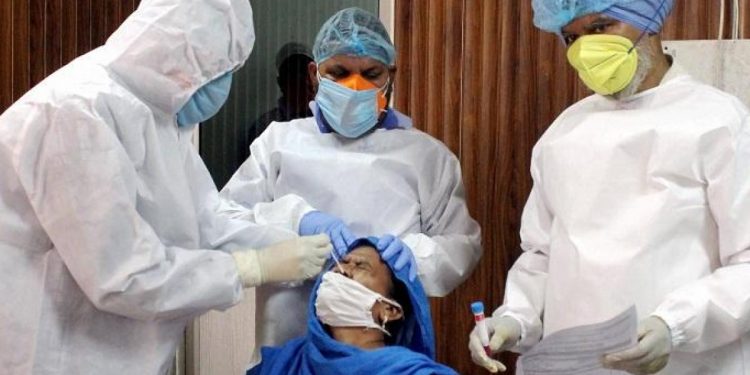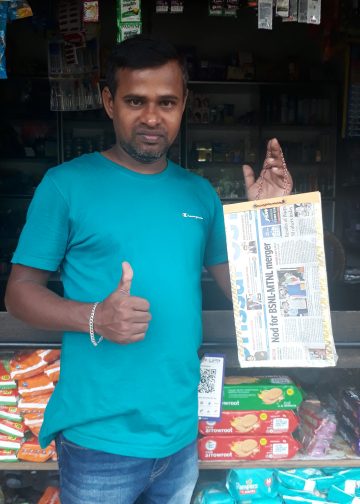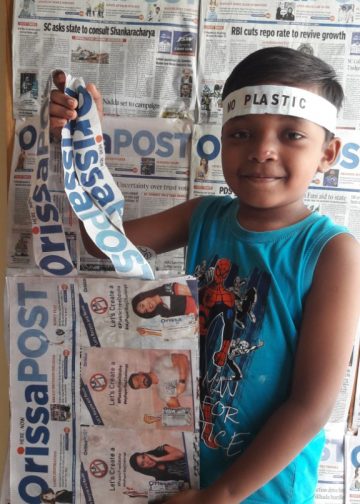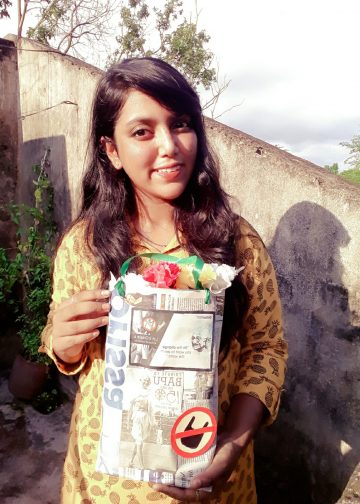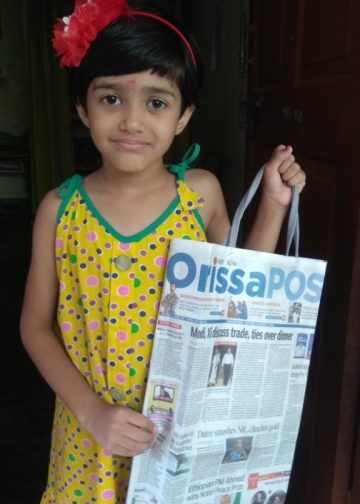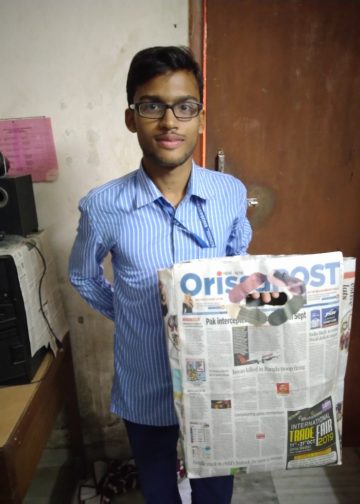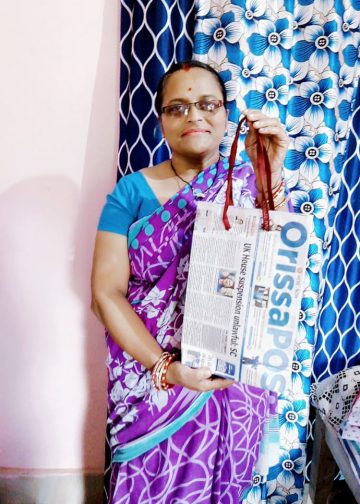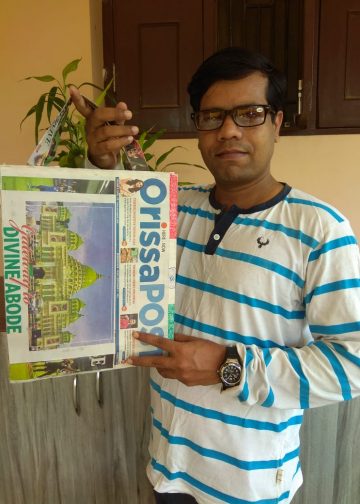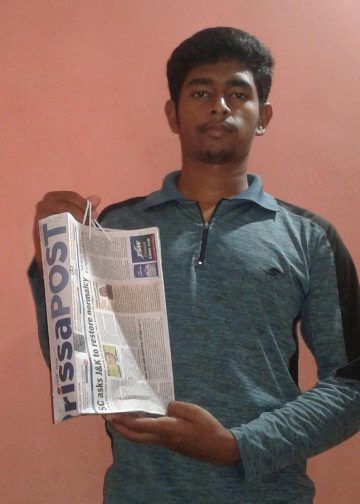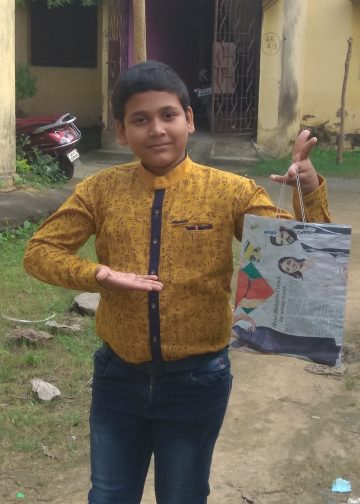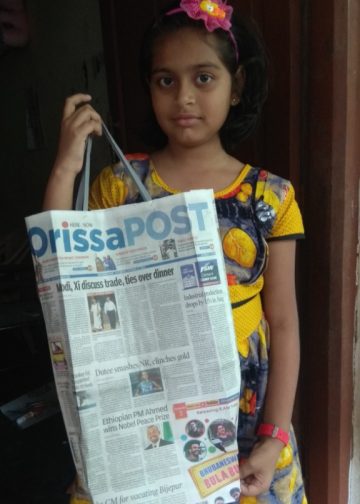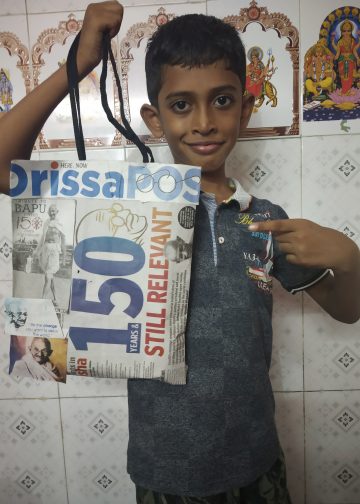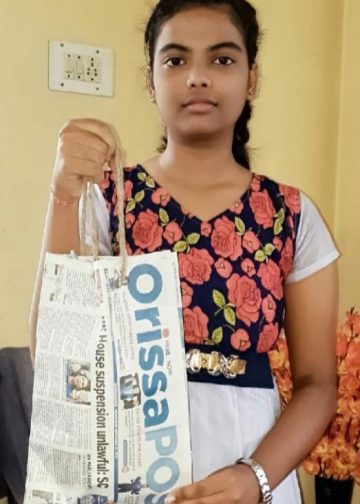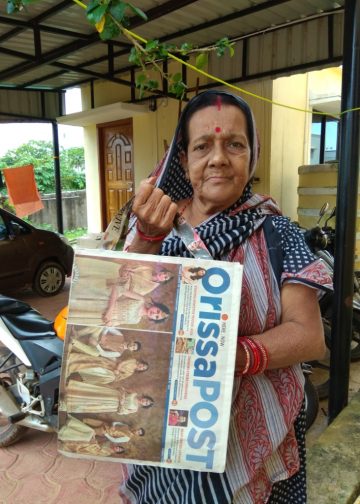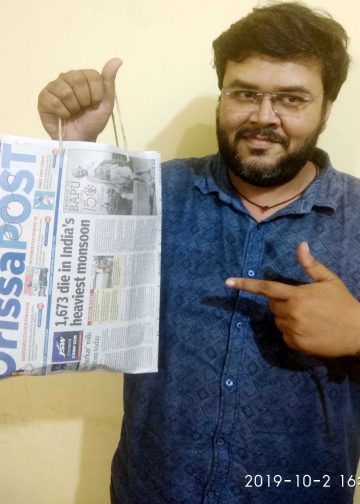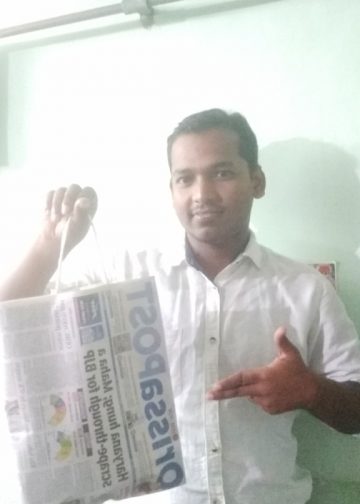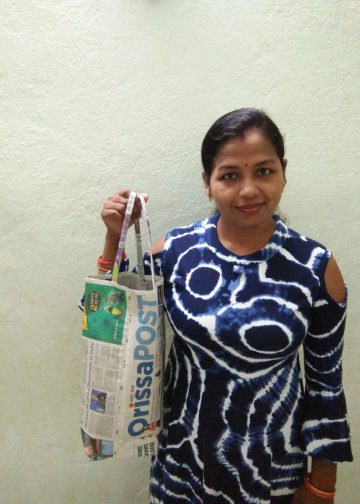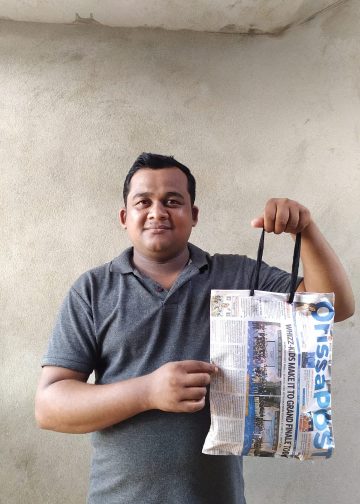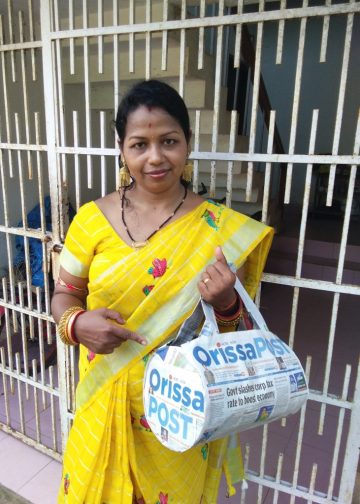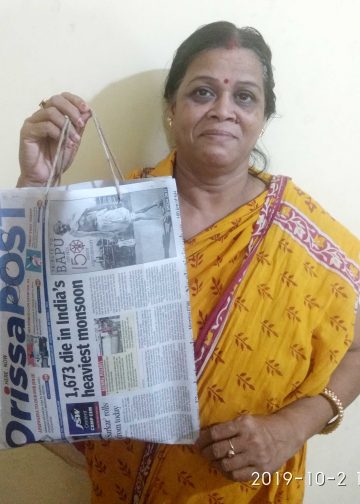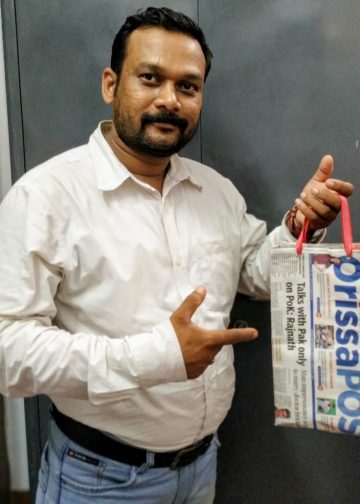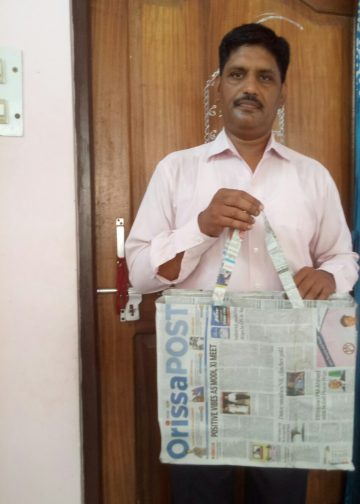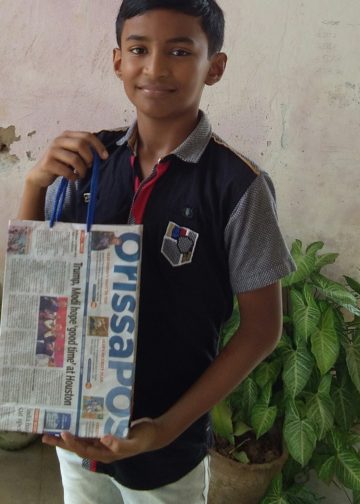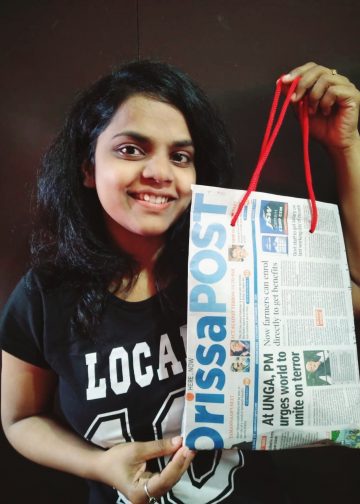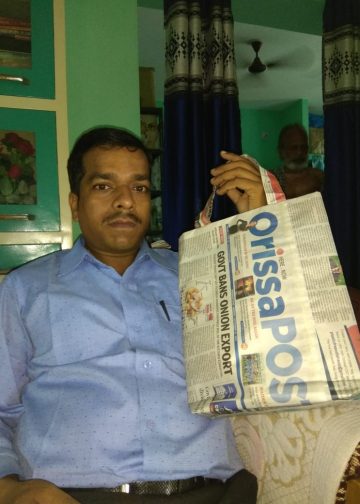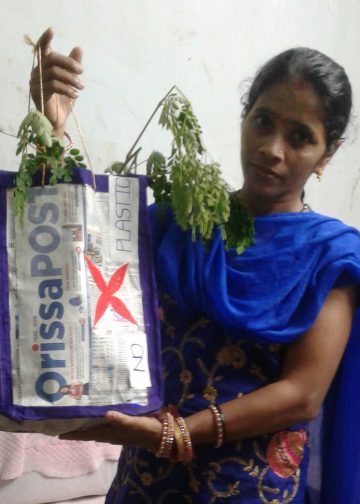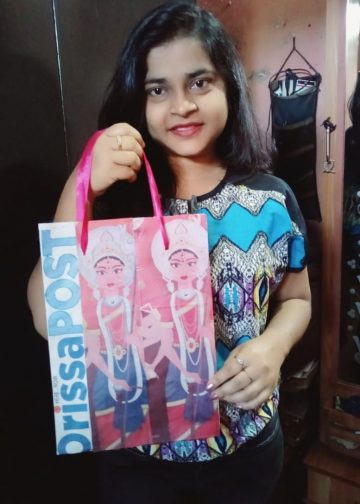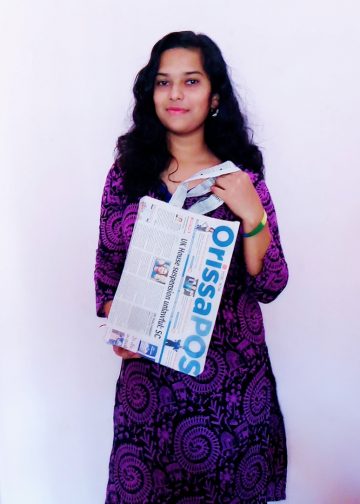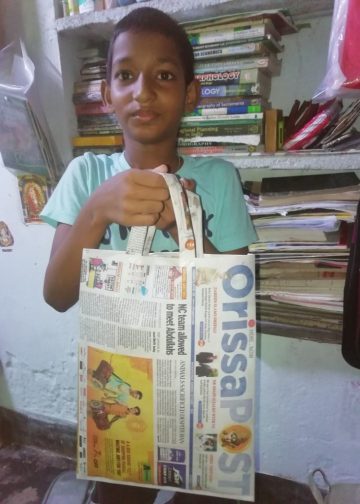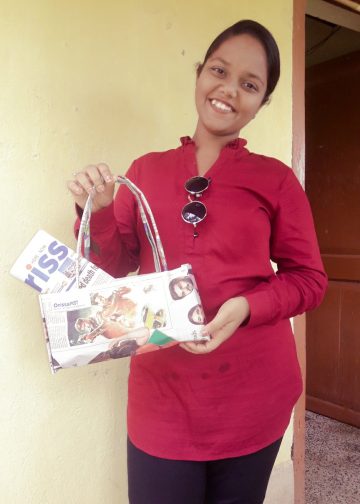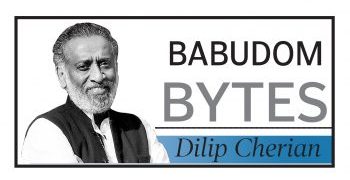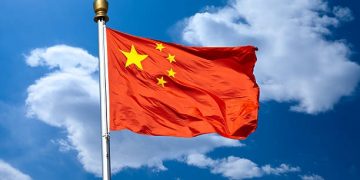I have got over the Corona disease, but not the shocks it created. Eight of our ten-member joint family were afflicted. And our misfortune: the youngest of our brothers succumbed to the pandemic and the rest are safe, like me. Achyuta Rao was dear, not only to all the family members and acquaintances but to many children, in the two Telugu speaking states, to protect whose rights he vowed to fight till his last breath and he kept his promise; no exaggeration! I am not detailing here on what he did as it falls outside the scope of this article.
Our instant fear, after testing positive, was not about COVID per se but about facing the dreaded disease in the background of our poor healthcare system.
The hospital ordeal
Yes, our fears came true. When two of my brothers – including the one we lost – urgently needed hospitalisation, the actual trauma we experienced was much worse than what we had anticipated. Admitting COVID patients to a hospital is not an easy task; the situation is not like: you call an emergency number and an ambulance appears at your doorsteps in good time and you get into a hospital where the medics take your full care and treat you with empathy. It needs a lot of effort to find a good hospital and enormous persuasion to get admitted into it; market forces principles of supply and demand strictly apply to health business and its profit maximisation approach becomes clearly visible when your need becomes compulsive like during COVID times.
Somehow, we could get both their admissions into two facilities of the same corporate hospital. But our ordeal did not end there. Things do not move fast enough, at the hospitals, to provide timely relief to the patients; procedures and financial matters take precedence over the patients’ health condition. We were asked to pay money in advance, before admitting and the beginning of every procedure and medication at the hospital.
The hospitalisation charges for seven days’ stay of my deceased brother was Rs. 10 lakhs. It would be higher by Rs.1,097.32 if the hospital were not generous enough to give that much discount in the end! The three days’ hospitalisation cost of the other brother was Rs.4.4 lac! Given the state of our healthcare system, the hospital conditions could not be but hostile to the people.
My faceoff with Corona
Before commenting on our healthcare system, let me detail my battle with Corona. I did not go to any hospital because of the fear of rejection there, ‘no room for a corona patient’ and the fear of inhospitable treatment at the hospitals. Fortunately, my ailment level was also not so dreadful as requiring inevitable hospitalisation although my family doctor on and off suggested its impending need.
My COVID infection from the get-go. It all began, during a midnight, with fever, chills and shaking, though for a brief spell. The temperature measured 102º F. The rapid test conducted the next day showed me as COVID ‘positive’.
The temperature continued unabated, peaked to 104.4º on the fifth day and settled at 103º for the next two days and turned normal from the eighth day. My sore throat which started mildly on Day-2, worsened and peaked on Day -3 when swallowing anything was a hell. But the pain started receding on Day 4 and totally disappeared on Day 5.
The medicines my doctor prescribed were: 1. Azithromycin 500 2. Dolo -650 3. Levocet-M 4. Vitamin C 5. Zincovit 6. Fluvir 7. Fabiflu and Vit D3 60K
When the temperature was at its highest, 104.4, on the fifth day, the doctor gave me a course of Dexamethasone 6 mg/day. The first dose of this medicine caused some nausea but fortunately subsided with eating a clove. This was followed by a five-day course of Methylprednisolone – starting with a daily dose of 40mg and tapering it off to 8 mg on the fifth day. So, the medicines given can be classified to include, antiviral, antibiotic, antipyretic, antihistamine, steroids and some vitamins.
My diet included plenty of fruit, vegetables, curds and an egg a day and the other usual stuff. Consumed a lot of lemons, drank lukewarm water and regularly used steam inhalation during the first few days. Also, I kept ready with me a pulse oximeter and a thermometer to keep tracking my temperature and oxygen saturation levels. My oxygen saturation levels had been around 95 most of the time and never went below 90-92 making it compulsory to get admitted into a hospital.
These are only my experiences and I don’t recommend to anyone to exactly follow what I did because the symptoms and treatment choices need not be the same for every COVID affected. The best thing is to follow your doctor’s advice. The essential things everyone should do are: keep physical (I hate to call it social) distancing, wear masks, wash hands, use sanitisers and avoid catching the pandemic. And if you somehow get infected, do not panic – that is very important. More important: don’t stigmatize COVID disease but empathize with the infected and extend a helping hand. It is possible to help them without being infected in the process with necessary precautions like maintaining a safe physical distance from them. For instance, my daughter who lives close by used to leave the food at our doorsteps four times a day for almost two months for all the ten family members and our pharmacist used to drop the medicines there.
Ailing healthcare
Reverting to our healthcare system, the government-run hospitals are not equipped to effectively deal with the pandemic; they do not evoke confidence among people. Not the ordinary people, but the senior government functionaries including the ministers, when afflicted, rush to what they consider the best private hospitals, not to the government hospitals where they have better access than the ordinary.
The private hospitals, needless to say, are commercial in nature; their motive is profit. COVID has turned a good business opportunity for them. As our own experience at Hyderabad shows, the expenditure for COVID treatment for hospital care is astronomical – not less than Rs 1 lakh a day on critical care. This is nowhere near the affordable level of an average Indian. Clearly, the healthcare system is not geared to people’s needs.
The public spending on the health sector in India is abysmally low; it has been just a little over 1% of the GDP; much below the world’s average of 6%. The allocation in the 2020-21 budget of Rs.69,000 crore, though a 10% hike over the previous year’s, was just equal to 0.30% of the anticipated GDP of Rs.2,24,89,420. All the state governments put together spend another about 0.75% equivalent of the GDP. Thus, the total spending is much below 2.5 to 3% of the GDP, recommended by the expert committees like that of Dr Srinadha Reddy’s and the Planning Commission’s long back.
Because of the governments’ low spending, 72% of rural and 79% of urban spells of ailment are treated in the private sector as per the 71st round National Sample Survey.
Despite the government’s boasting of its measures, a high 86% of the rural population and 82% of the urban population are not covered under any government-supported health scheme.
Overall, the health infrastructure is inadequate. For instance, there is only one allopathic government doctor for every 10,926 people in India against the WHO’s recommended doctor-population ratio of 1:1000. There is a shortage of 6,00,000 doctors and 20,00,000 nurses in the country as per the report of the US-based Center for Disease Dynamics, Economics & Policy.
The nexus between corporate hospitals, pharma companies and doctors have increased the risks and costs of healthcare to such an extent that millions of middle-class Indians descend into poverty when they fall sick; every year, more than 3.5 crore people fall below the poverty line due to illness.
Then, the study of the Institute of Health Metrics and Evaluation (IHME), has found India to be ranked low, at 158 among 195 countries, in human capital; one notch below Sudan’s 157. India’s poor quality of education and high prevalence of certain diseases were the culprits, in halting its progress.
New policies no solace!
Unfortunately, the so-called health sector reforms do not address the root cause for the malady – commercialisation of the sector. The recently launched Pradhan Mantri Jan Arogya Yojana-Ayushman Bharat (PMJAY-Ayushman Bharat), too, cannot be a substitute for universal healthcare. The peripheral changes to the system are not going to bring any succor to the country with over 1.3 billion population and with 70% of them without the capacity to meet the expenditure essential to life.
Similarly, the recently launched National Digital Health Mission and the National Health ID, which is going to be a repository of health-related information of the people, is unlikely to bring any positive changes in the healthcare system. If at all, the information will help the medical insurance companies to design their tariff policies and to reduce their risk, which means increasing the premium costs for users.
Hope the COVID wrought destruction and the resultant indignation of the people would now make the governments rethink and act to de-commercialise the health sector. Brining in a universal healthcare system free from commercial insurance interest is not the government’s magnanimity but it is its duty since health protection is people’s fundamental right under Article 21 as held by the Supreme Court. So, to act quickly is the government’s duty and not to act amounts to its continued dereliction.
The author is a Development Economist and commentator on Economic and Social affairs. He can be reached at raopsmrao@gmail.com
P S M Rao

